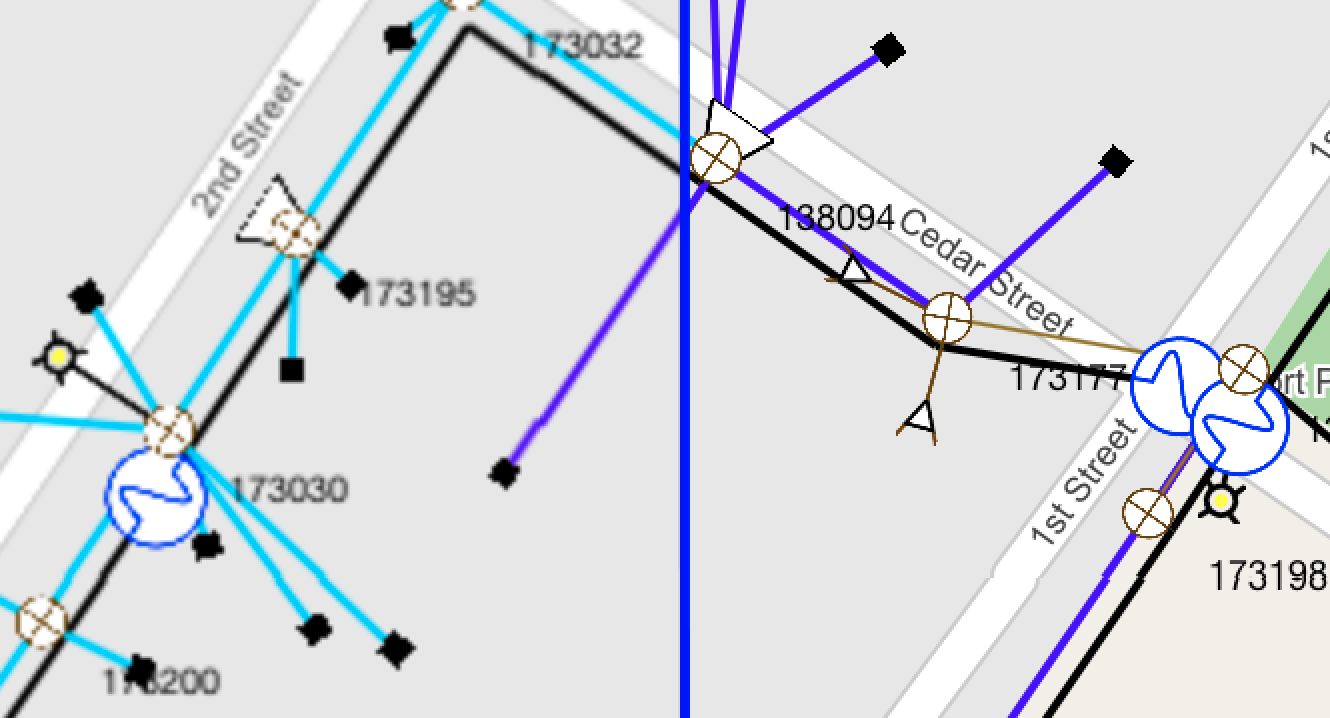For the longest time, tile based systems were the standard. Google, Bing and Open Street Maps still use it. This means that when you look at a map, you are really looking a bitmap image. If the map is tile based, the total map is stitched together from smaller square tiles, typically 256×256 pixels. Because each zoom level requires its own set of images, a large area can easily run in to millions of tiles. This has (obviously) numerous drawbacks:
- Potentially lots of tiles (files), decreasing performance
- Lots of disk space needed to host all zoom levels
- The generation process needs to generate (and maintain) millions of map tiles. Each time the underlying data changes, new tiles must be generated for each zoom level. If a map style changes, then all tiles must be re-generated. While this process can be parallelized, multiple servers will be needed, increasing cost.
- No visualization benefits: a tile is a tile and only everything shown in that tile (or nothing) can be turned on or off.
- Cannot leverage high resolution displays (like retina) without quadrupling storage space and processing time.
To solve all these issues at once, Cliffhanger Solutions have solved this by creating tiles from its source on demand in real time. The results:
- Crisper images by leveraging retina displays (if available)
- Maps can be rendered server side or client size, supporting transparent transitions between online and offline mode.
- No need for a server farm to create and maintain map tiles, reducing compute and labor cost.
- No risk of map tiles being out of sync with the actual data it represents, allowing for truly real time maps.
- Increased safety for map users, because data is never out of sync or stale.
- Ability to configure map look & feel in real time (style changes, turning objects on and off)
Screenshot (from a retina display) shows before and after (zoomed in 2x to emphasize effect).


